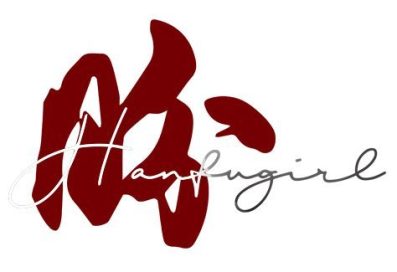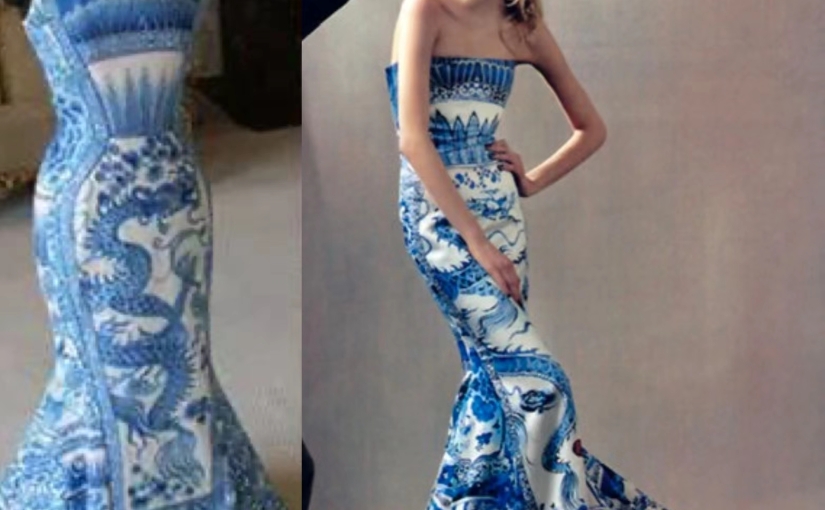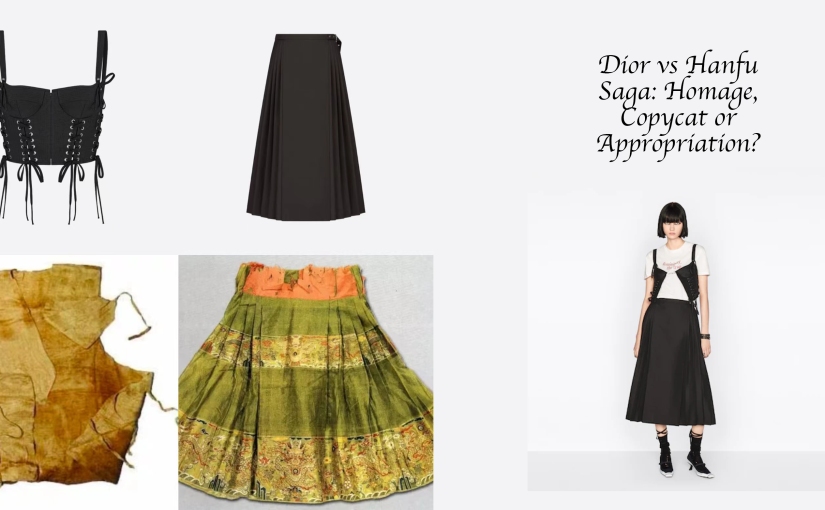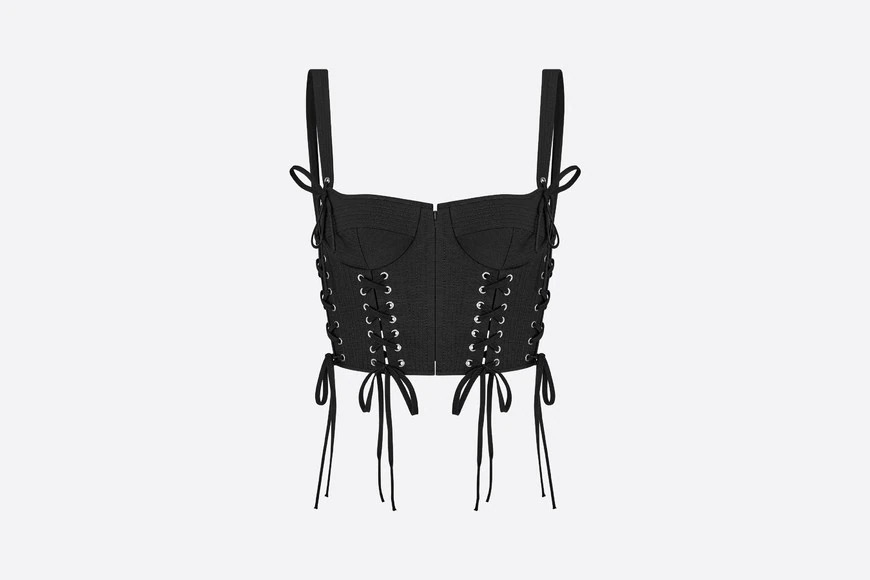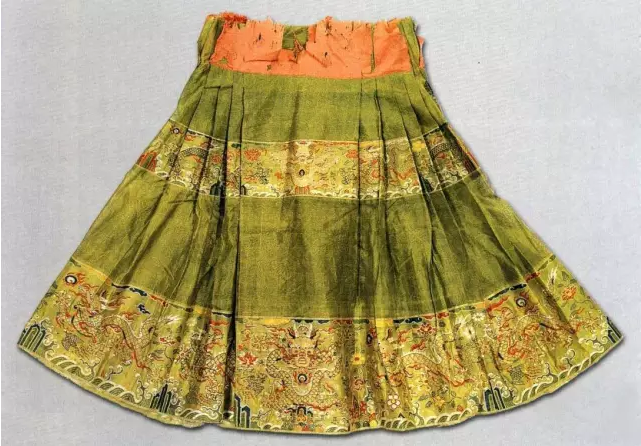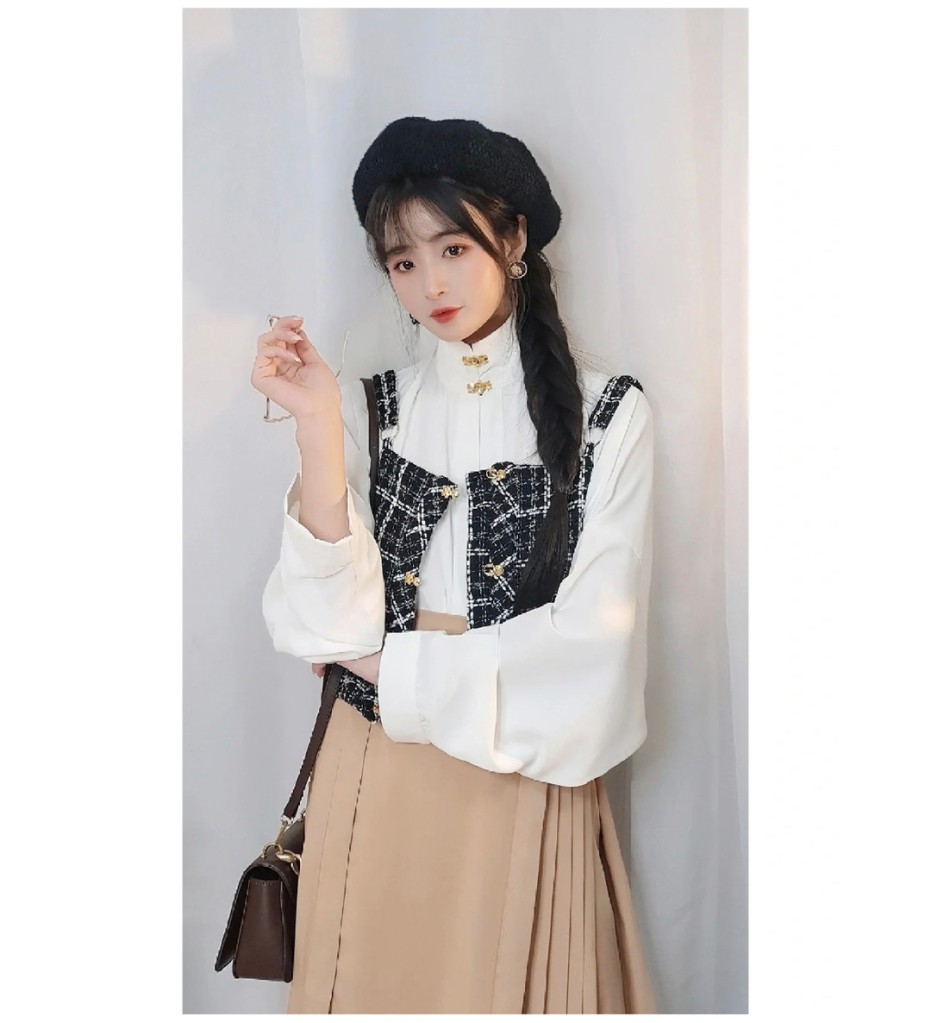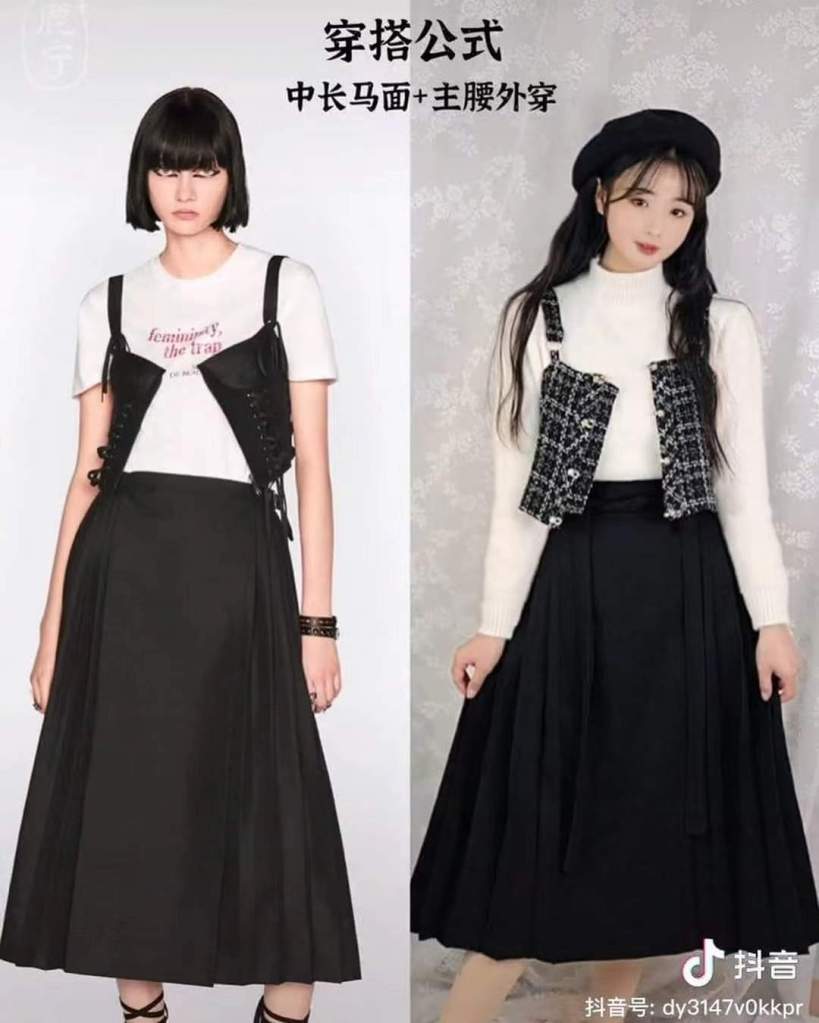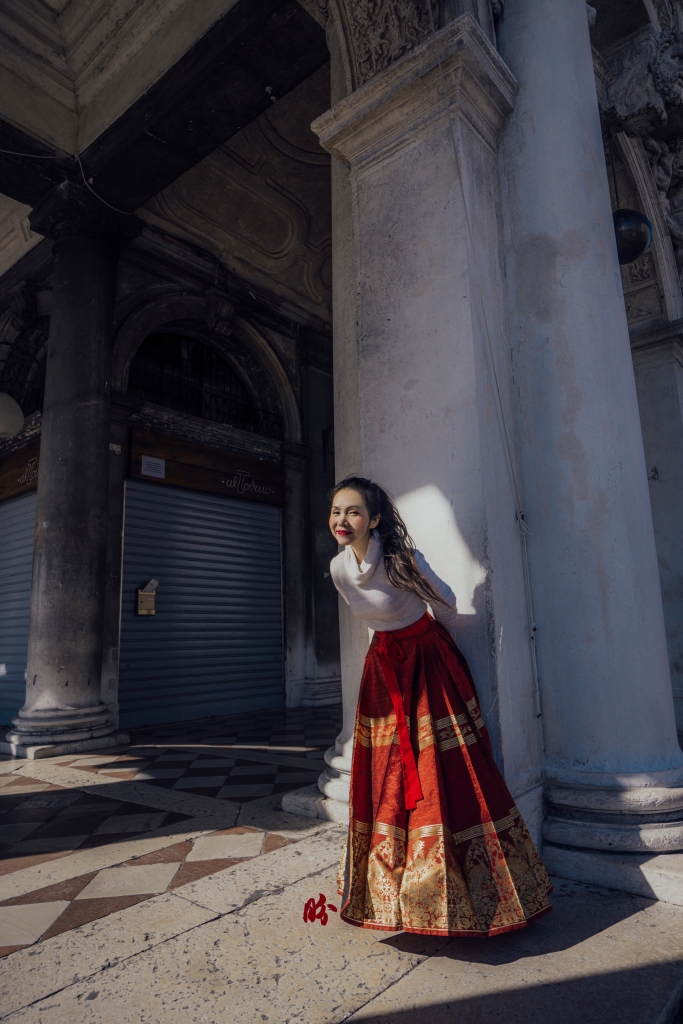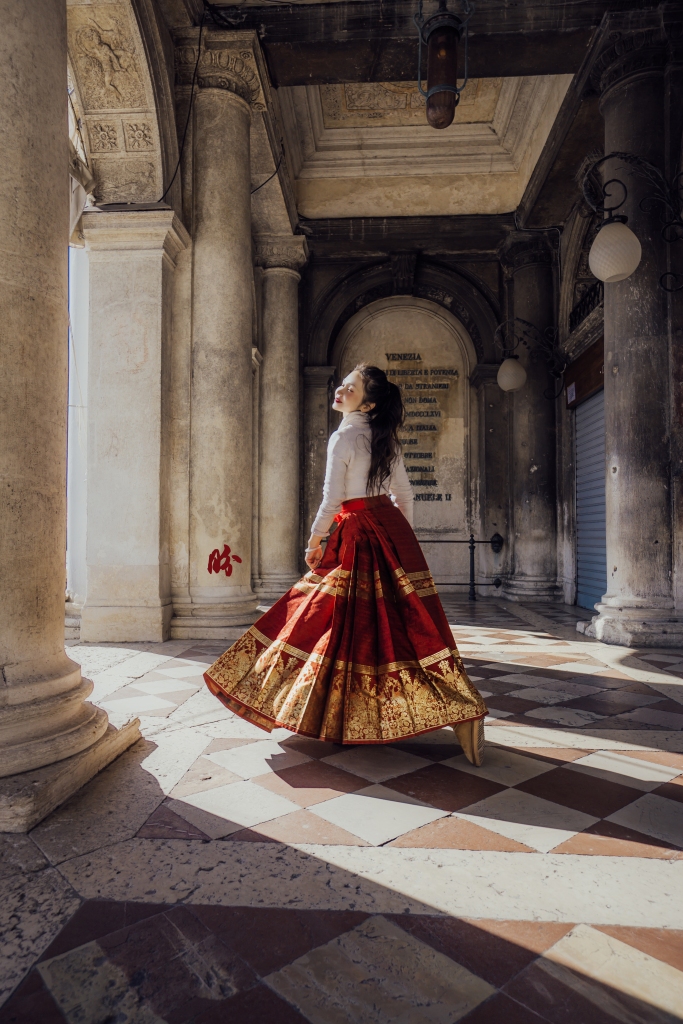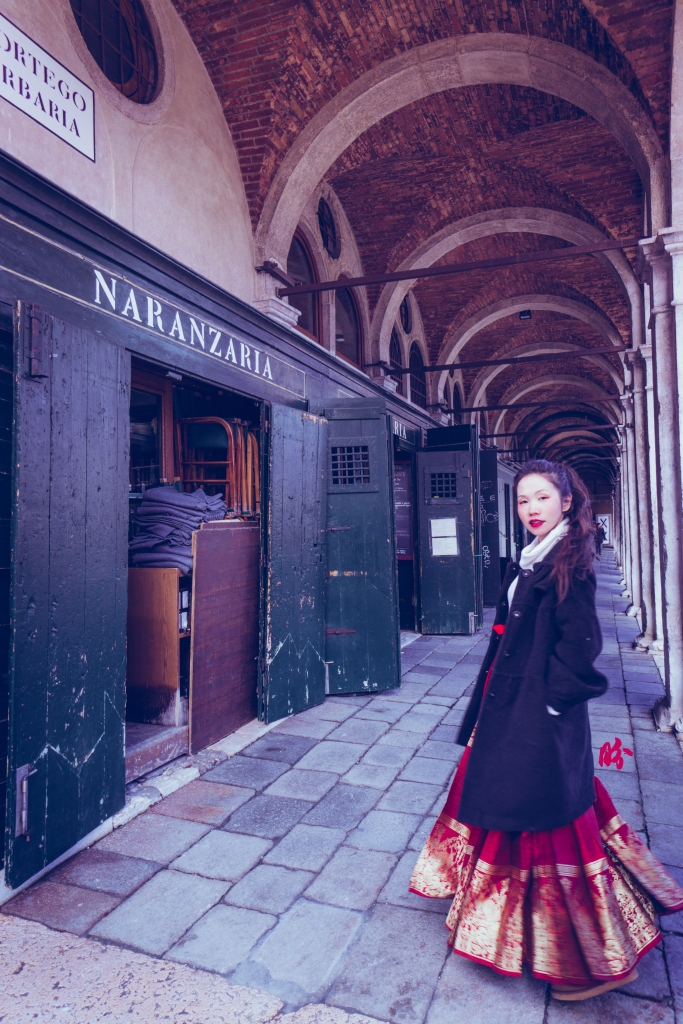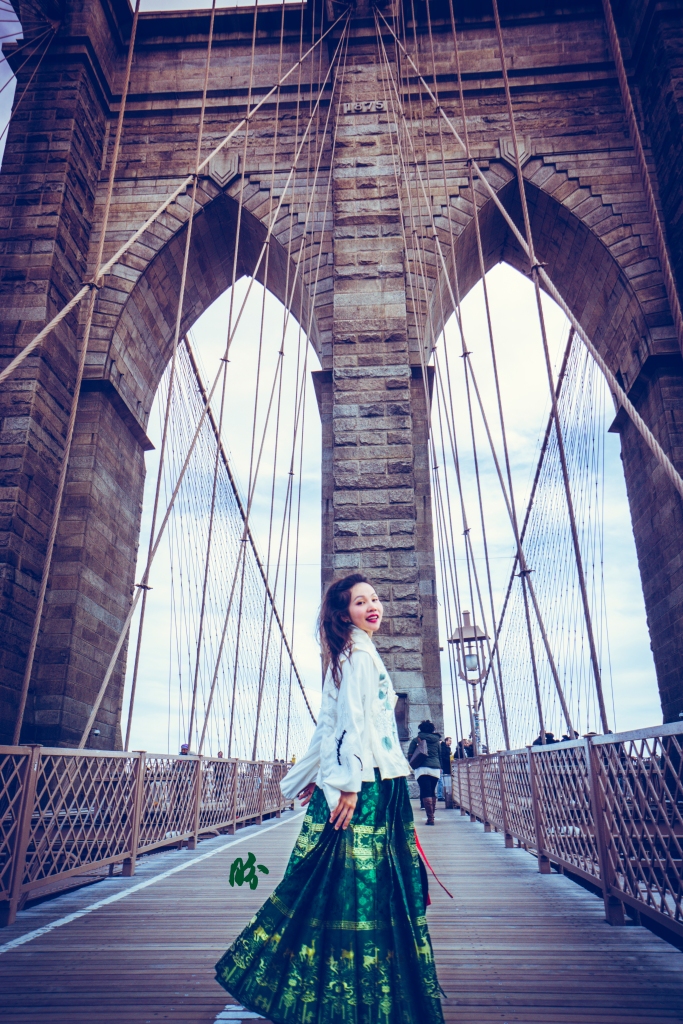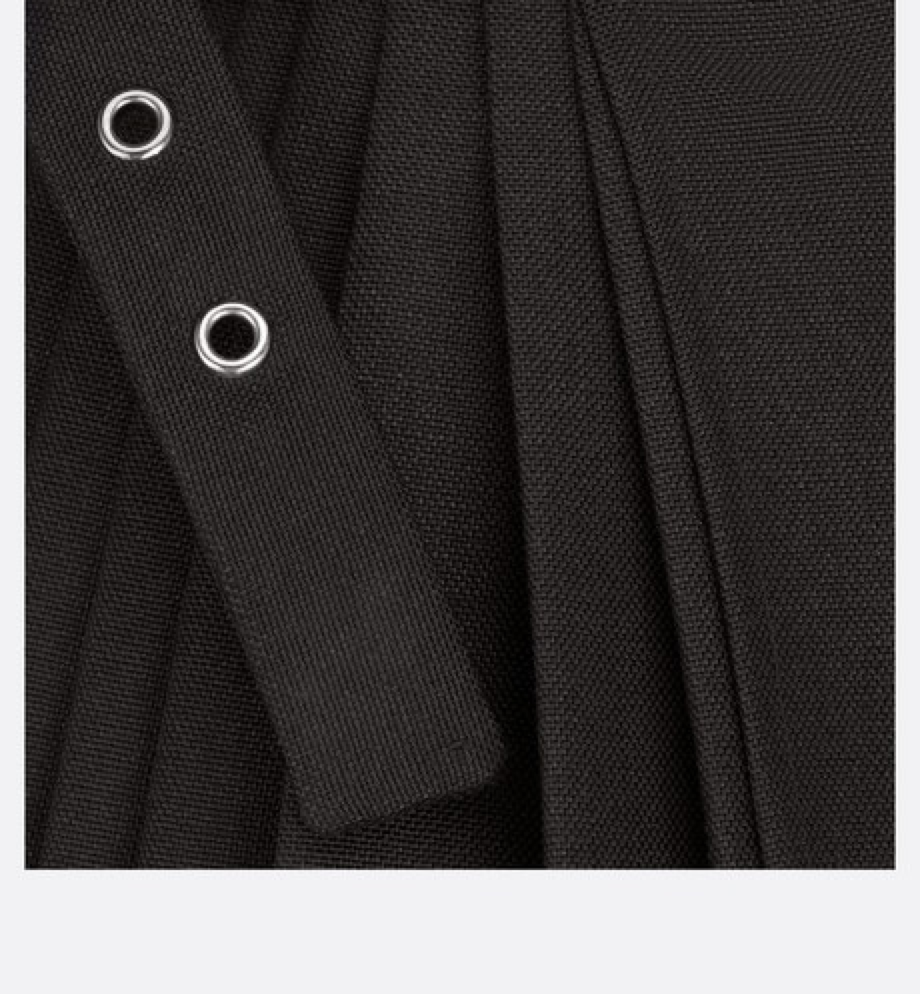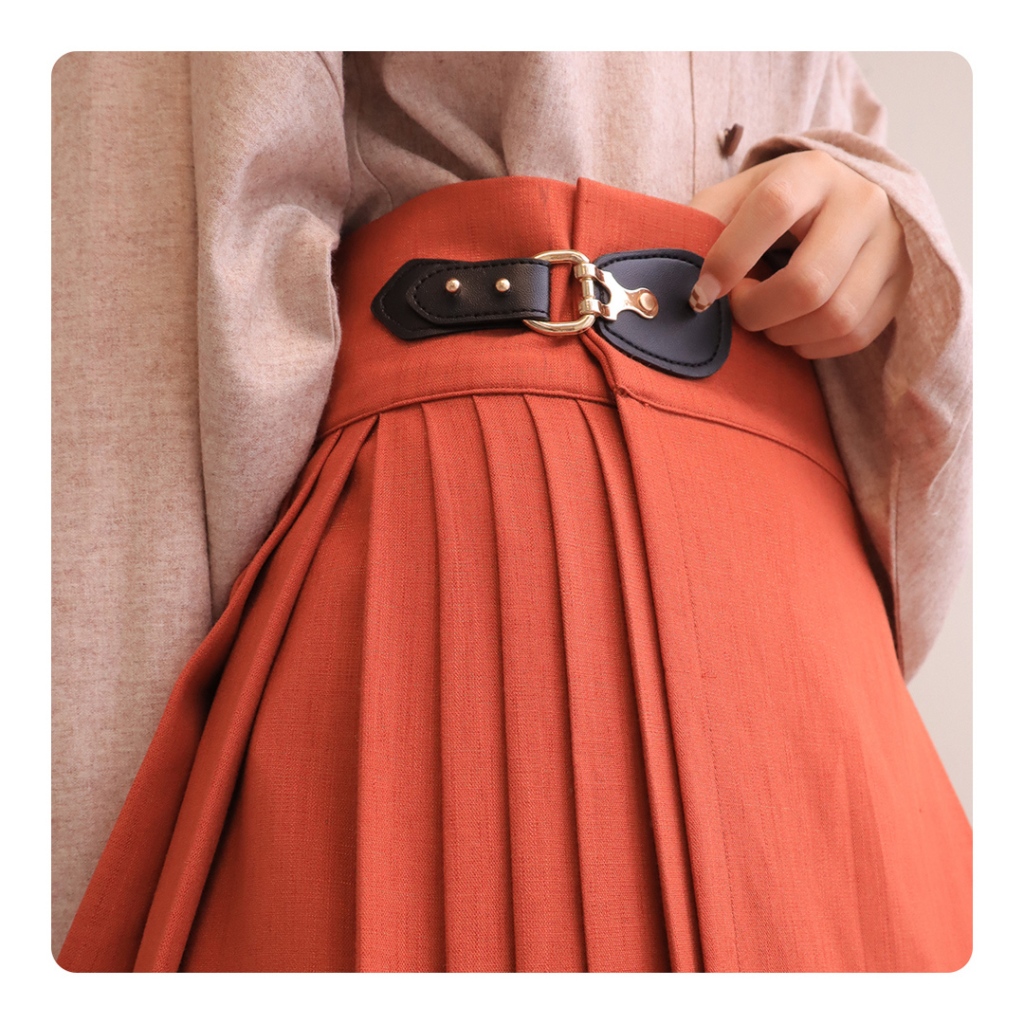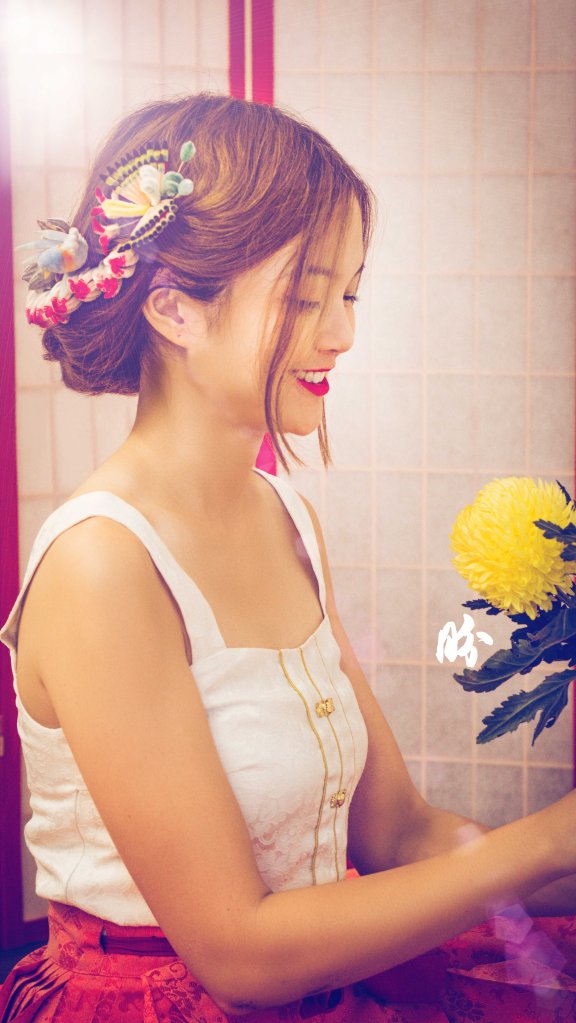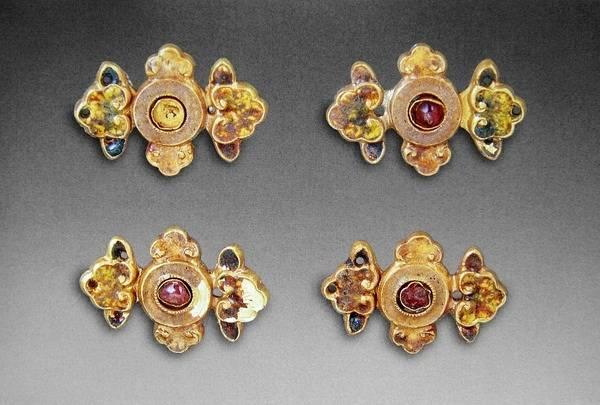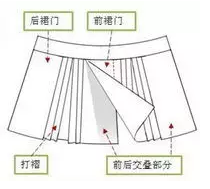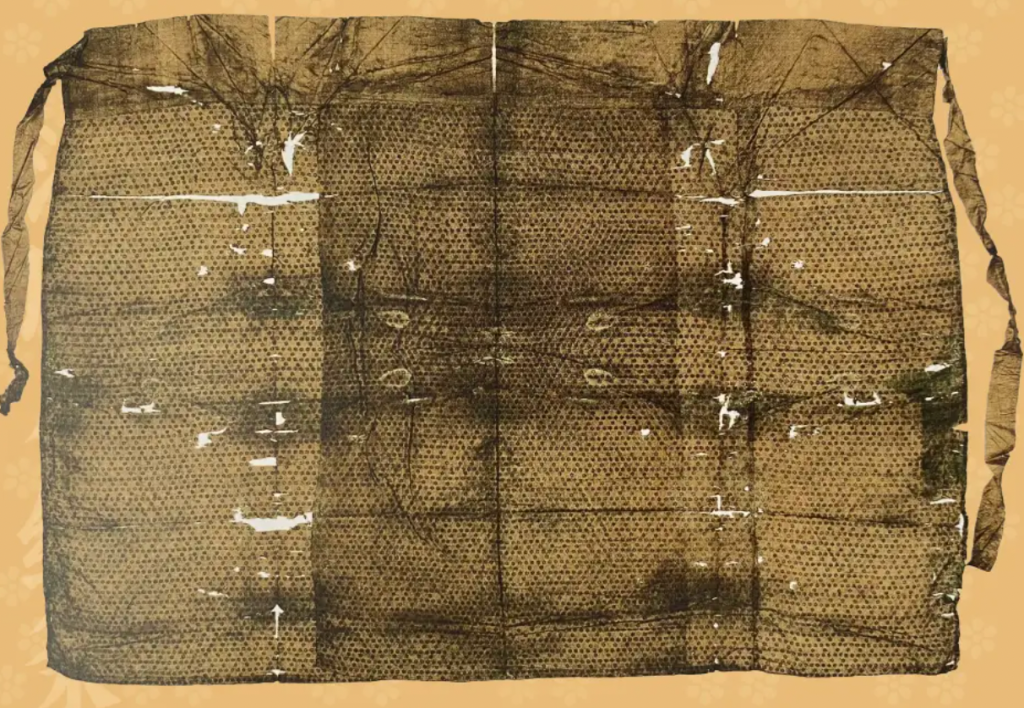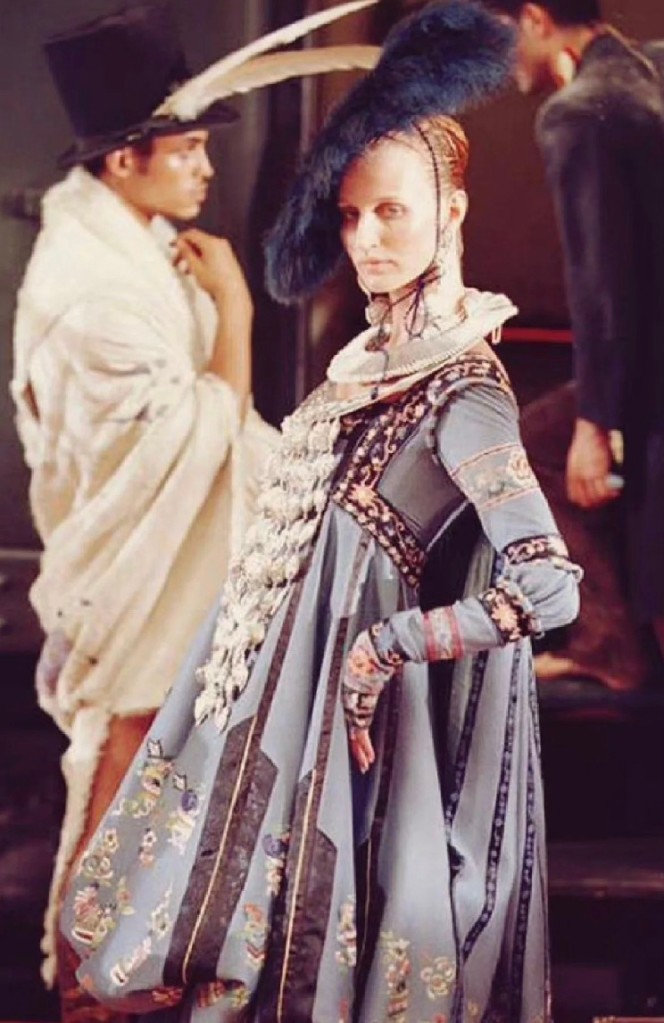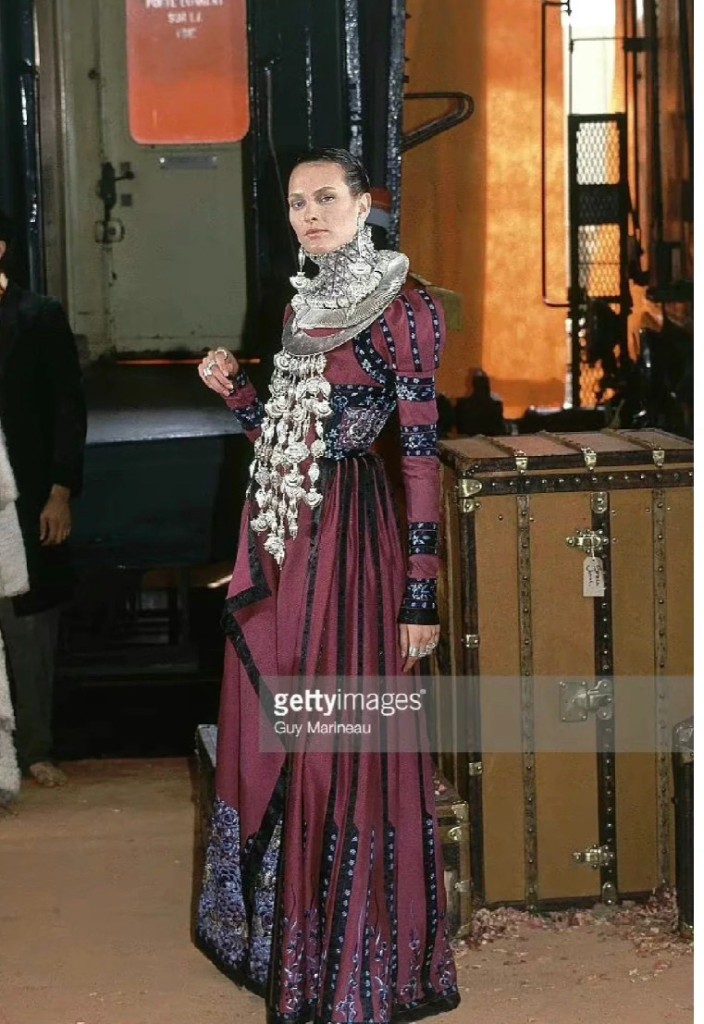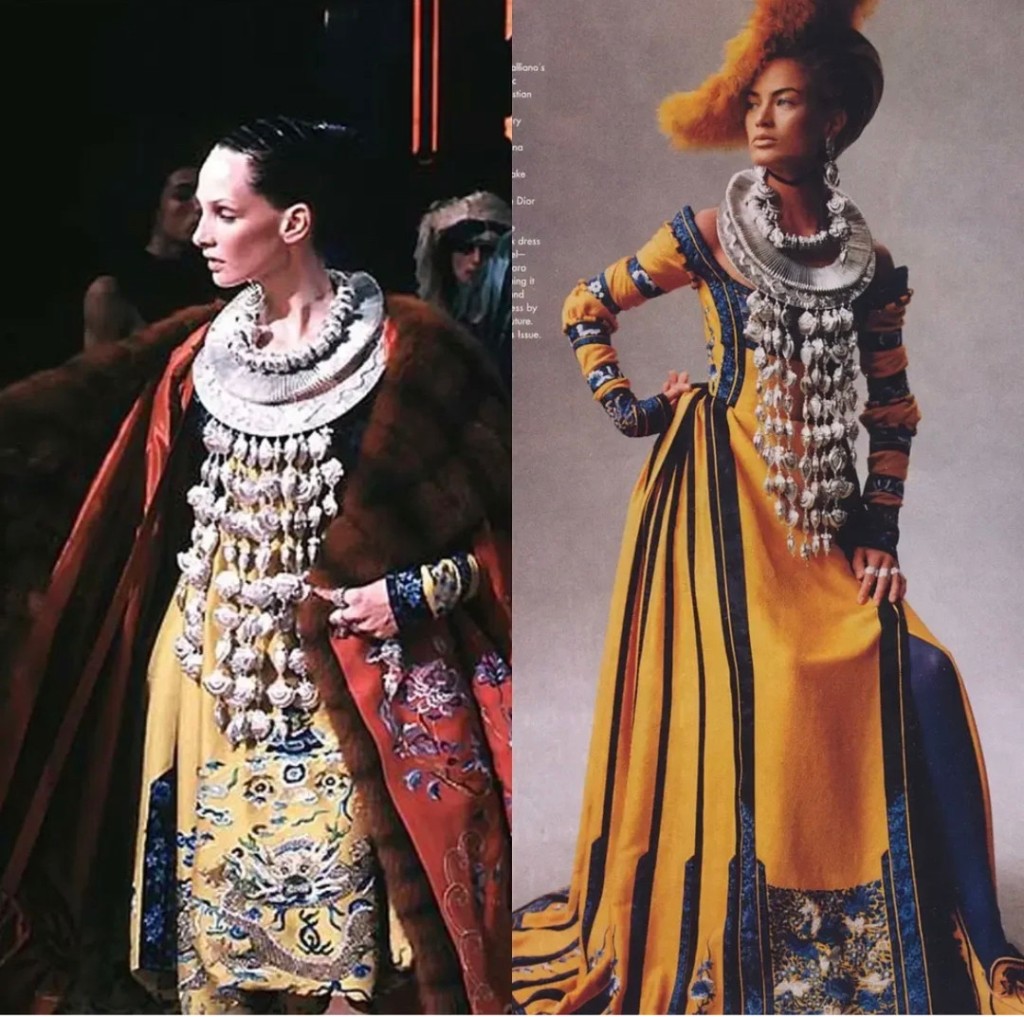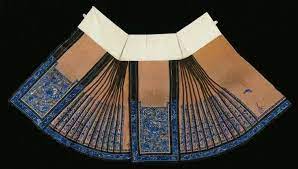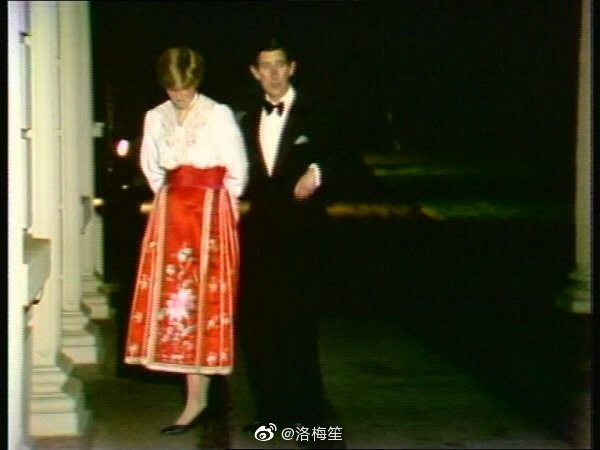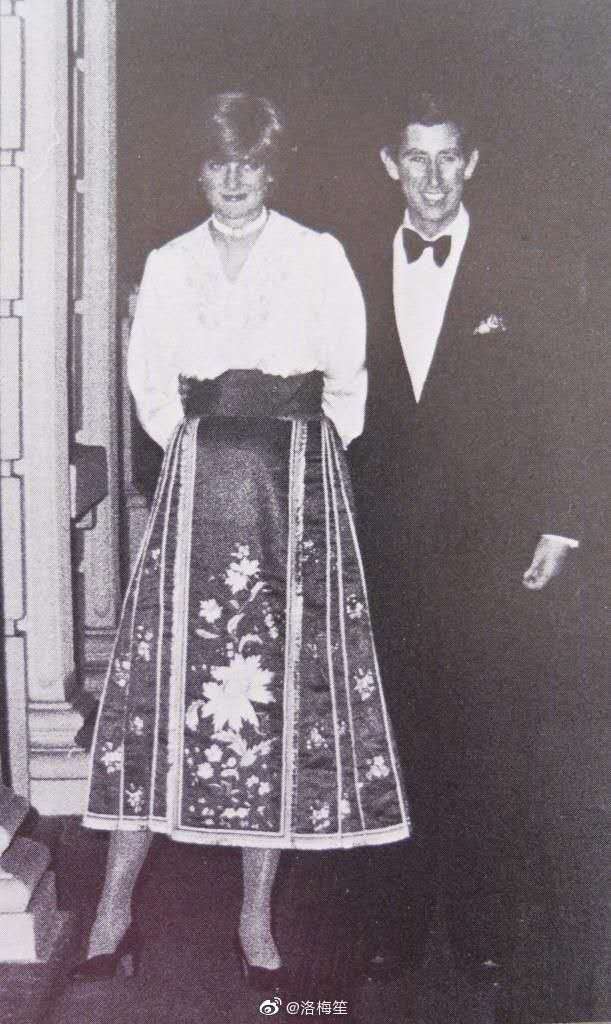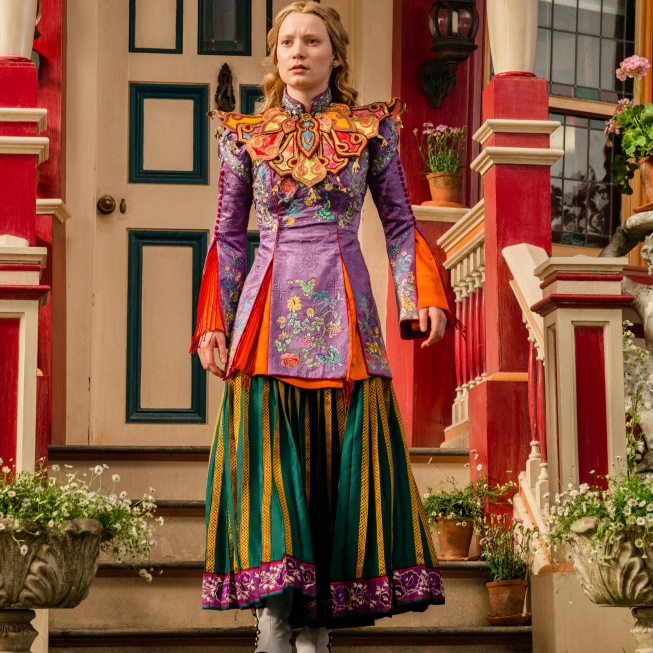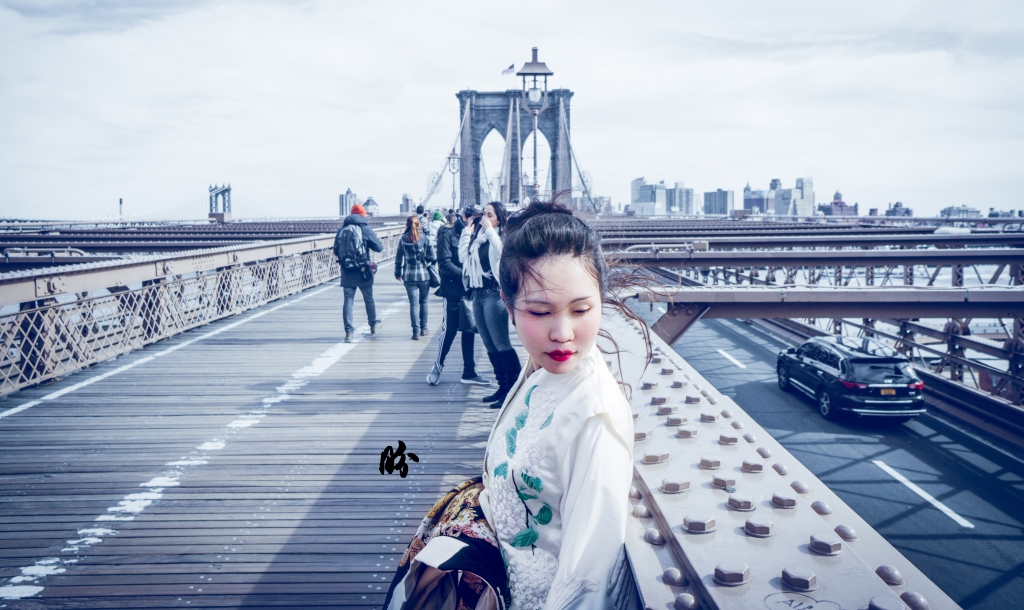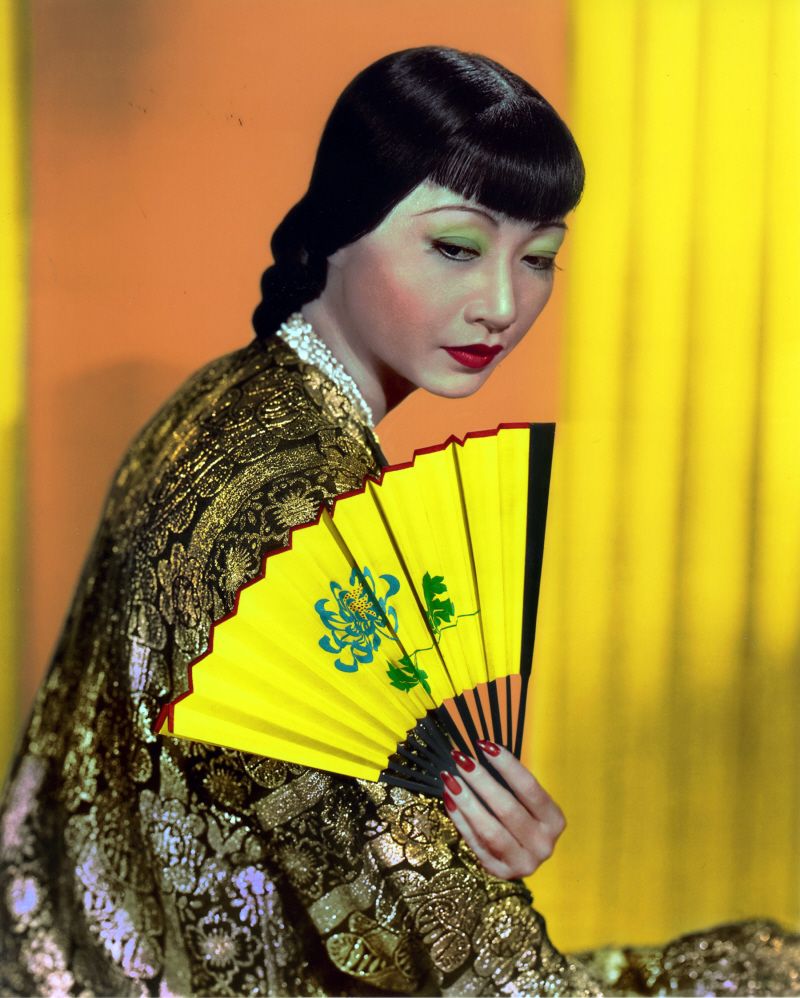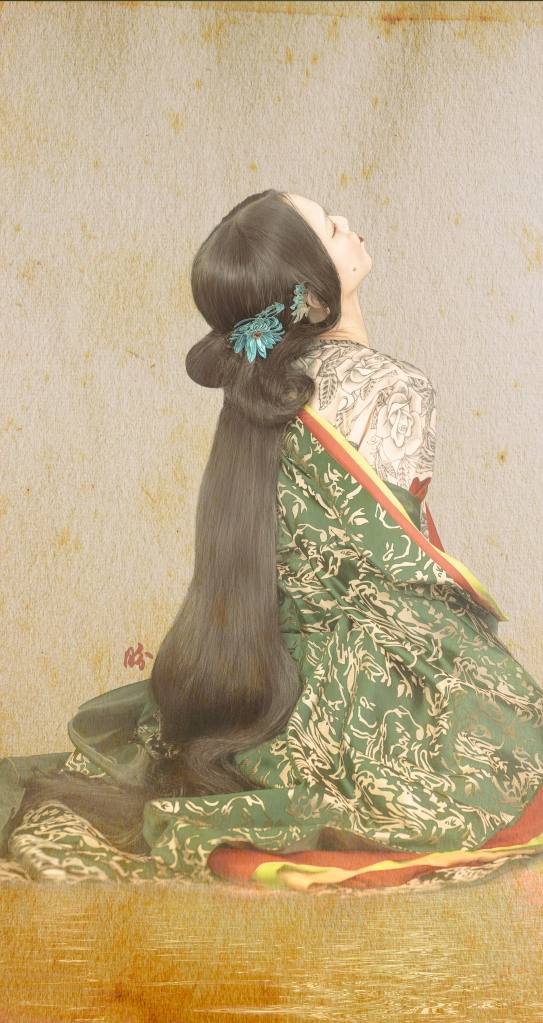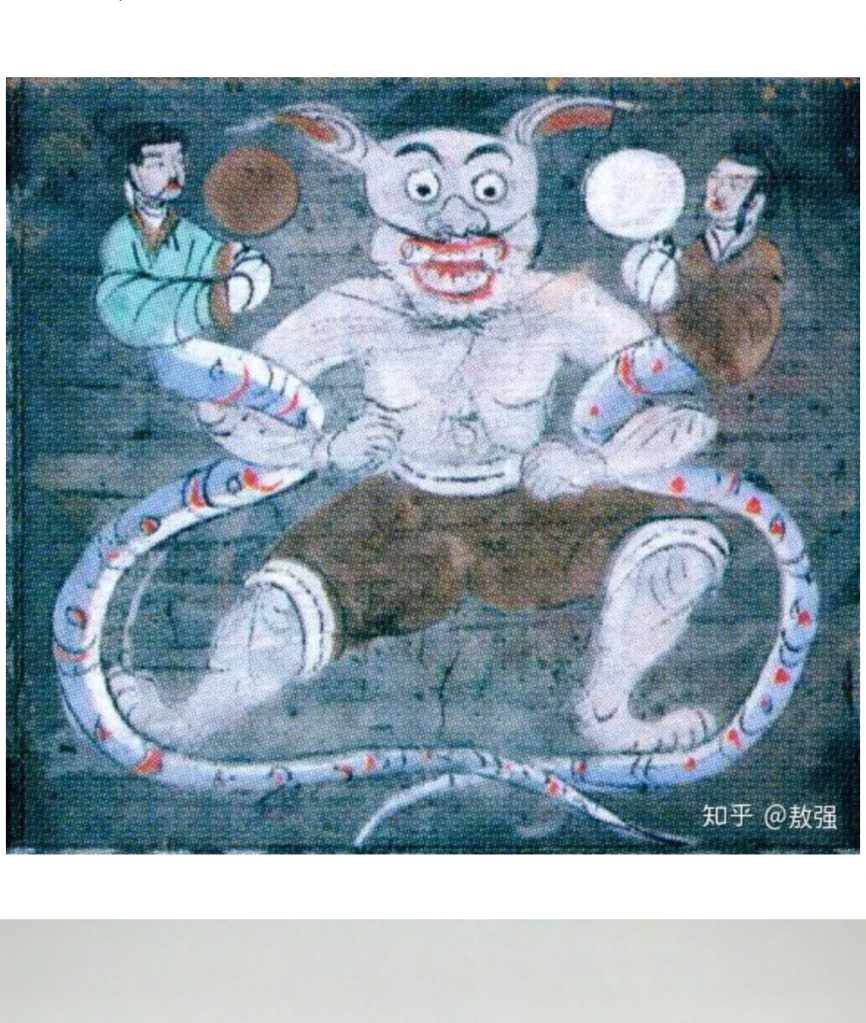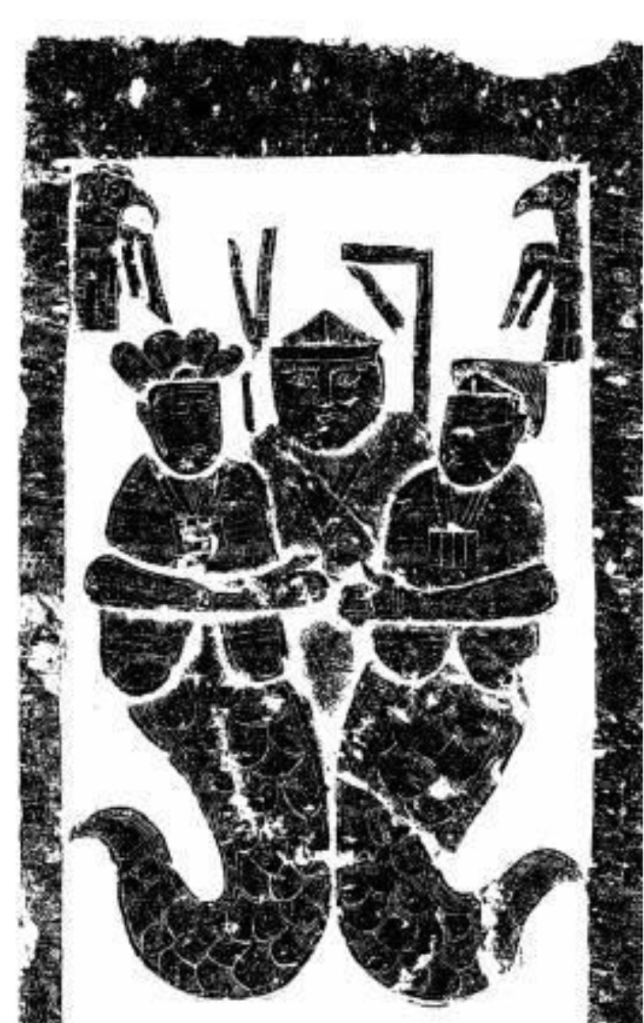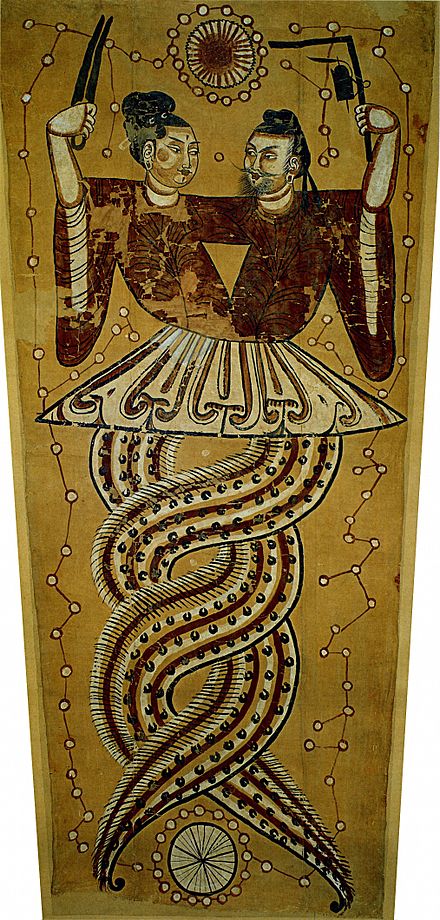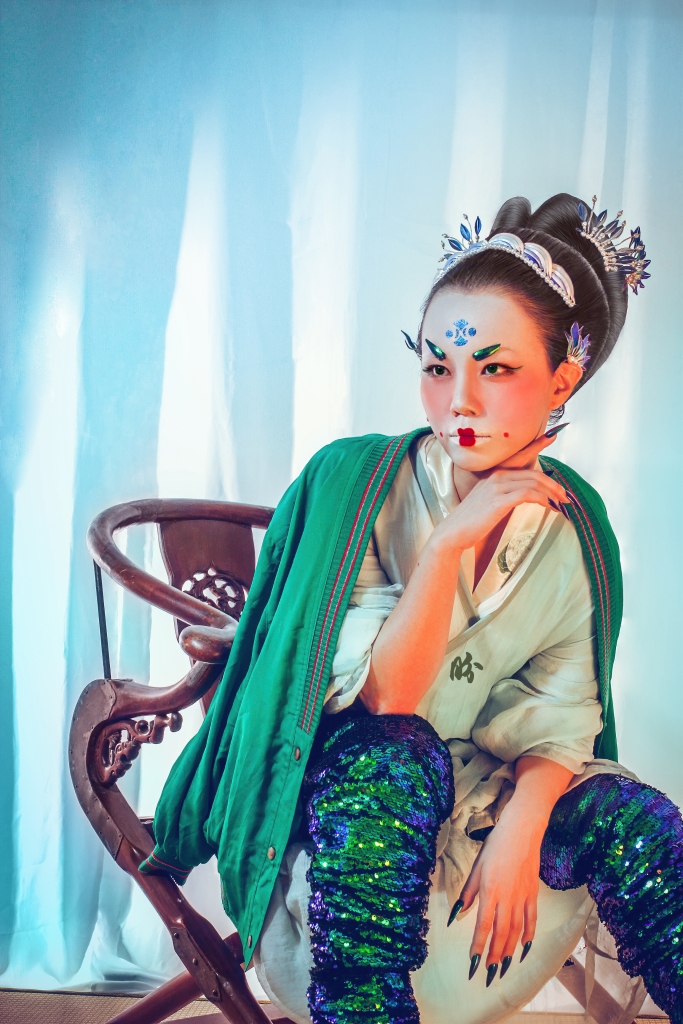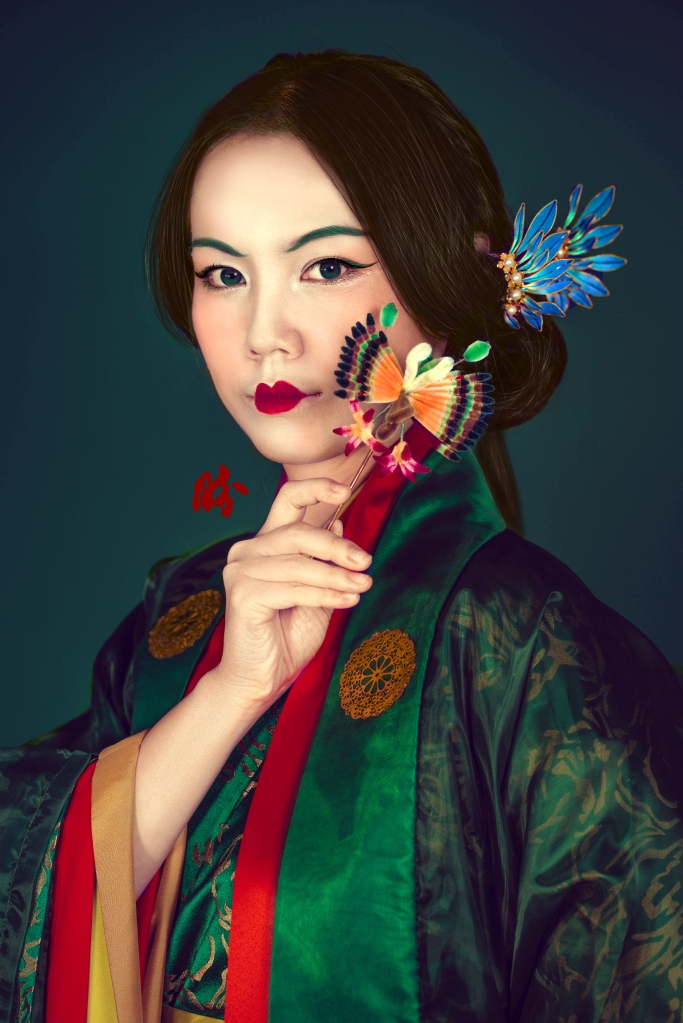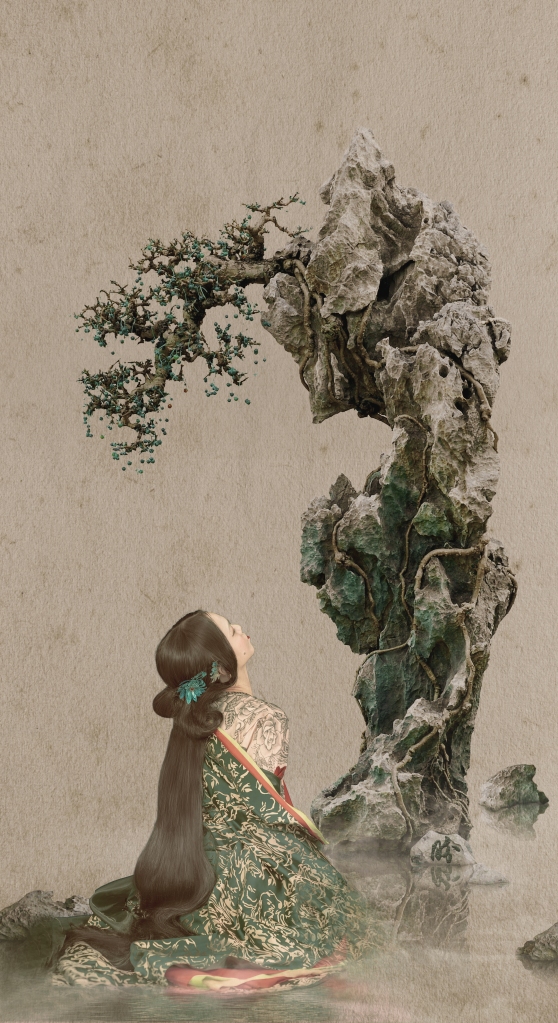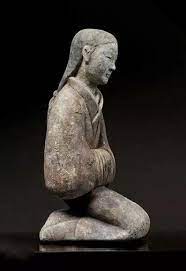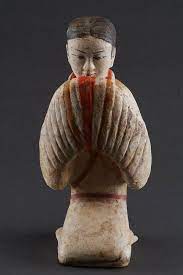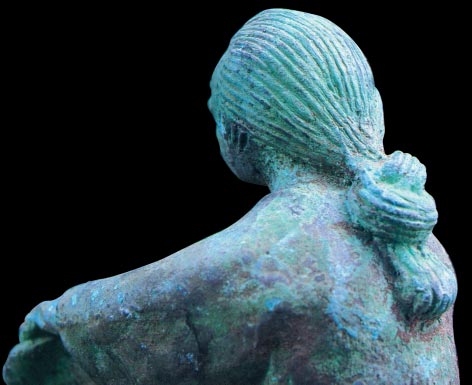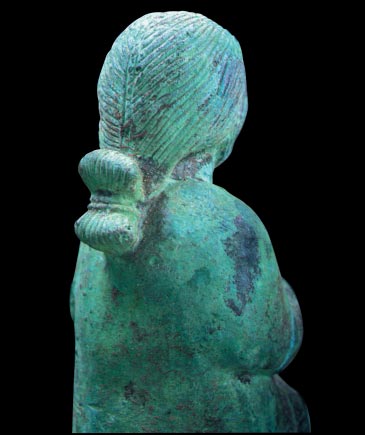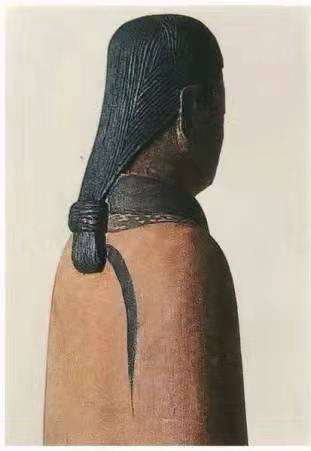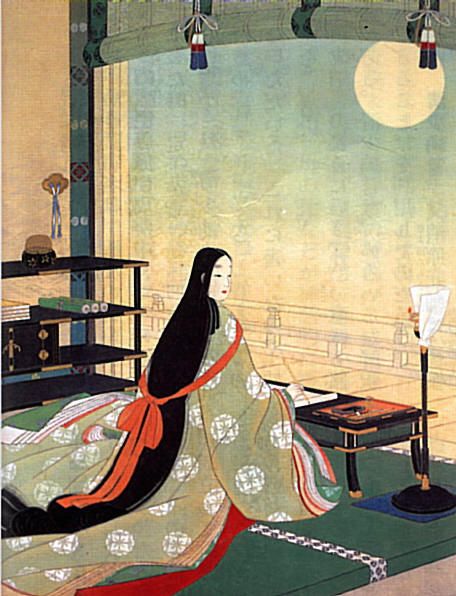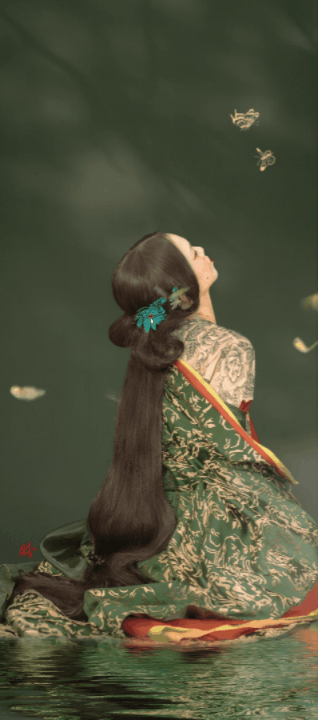IMPORTANT: WE HAVE MOVED!
CLICK HERE FOR OUR NEW SITE!
In case you think that I’m angry over the Dior vs Hanfu Mamian incident —I’m not. I’m more intrigued and somewhat amused by how low they stooped, especially since the Western brands and public have always mocked the Chinese for copying.
And once upon a time, there was a famous Chinese Haute Couturier who copied quite blatantly as well.
It would be hypocritical for me to commit one article on Dior and not one the other way round (this person copies Dior quite extensively while it was still under the direction of John Galliano).
So here is just a very quick visual treat, which kind of looks like the Expectation vs Reality gallery for items purchased on SHEIN or Taobao. LOL
ROBERTO CAVALLI 2005 FALL
Let’s start with the hot favourite of mine. I love the Ming blue and white porcelain dress, so much so that I actually had one of my pre-wedding shot in it (even though I never had a wedding, but yes, pre-wedding shots are a MUST). I don’t think I need to indicate which is the original. Of course this said Chinese Haute Couturier later on made a couple more of blue and white vase inspired dresses with worldwide success, but I think it’s important to acknowledge the original designer and her copycat past, just to be fair. The Haute Couturier has even earned a nickname in China in the early days as “Copycat <Insert Family Name>”

And she copied not one, but two! And tried to be original by lengthening the skirt and added more loose fabric at the side. It’s like trying to cheat during an exam but appearing that you’re not by repeating the last sentence of your answer a few more times, hoping the examiner doesn’t find out.

DIOR 2005 FALL
This copying attempt made me laugh. The wearer appeared in the Spring Festival Celebration Show in early 2006, and the Chinese Haute Couturier lamented during an interview later on that she was at the end of her designing phase when Dior showcased their 2005 Fall collection. If lying isn’t her specialty, then it must’ve been telepathy.

VALENTINO 2007 SPRING/SUMMER
I think this Chinese Haute Couturier must’ve been high on mushrooms when she decided to copy Valentino and bloat it up a little, just to appear more original.
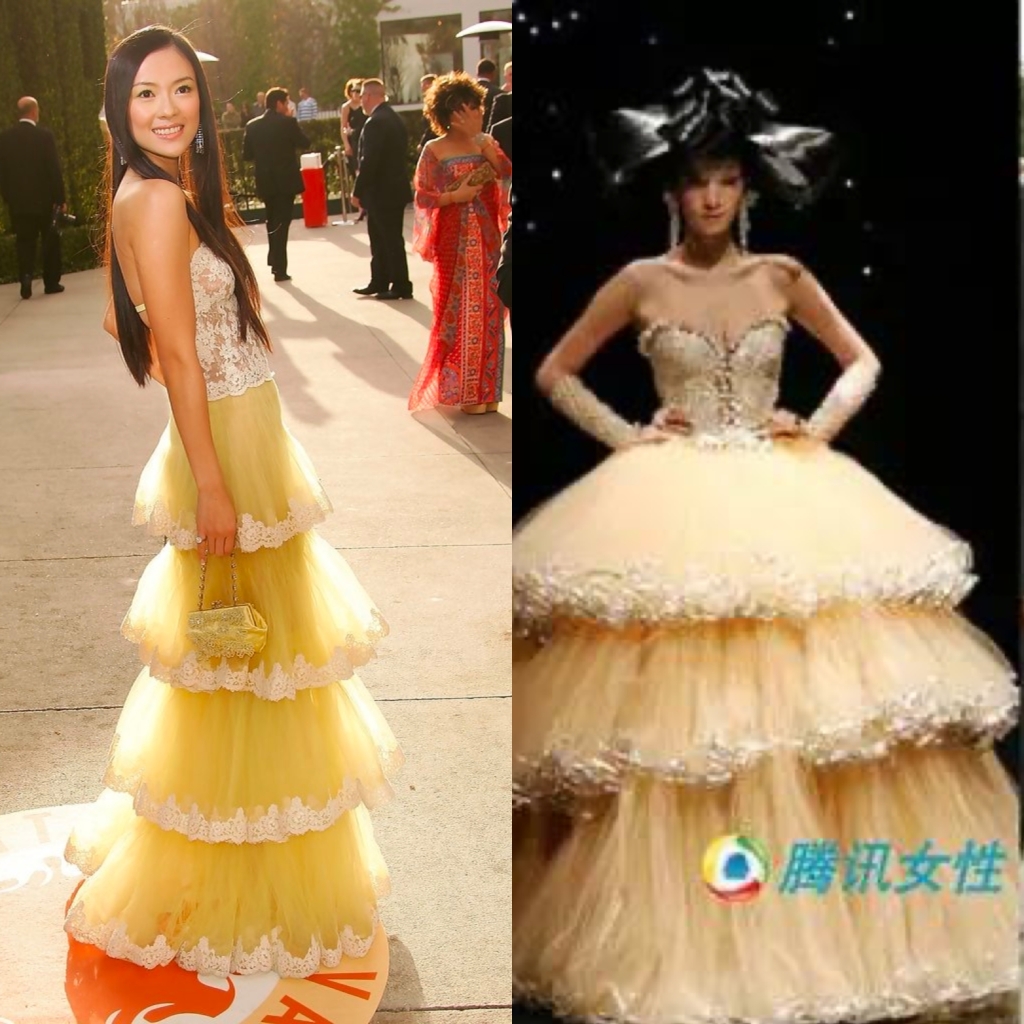
VALENTINO 2007 FALL
Maybe some wouldn’t call this plagiarism cos, she changed the length of the skirt…and added some embroidered details… It’s up to you to decide. I’m on camp Guilty-as-charged.
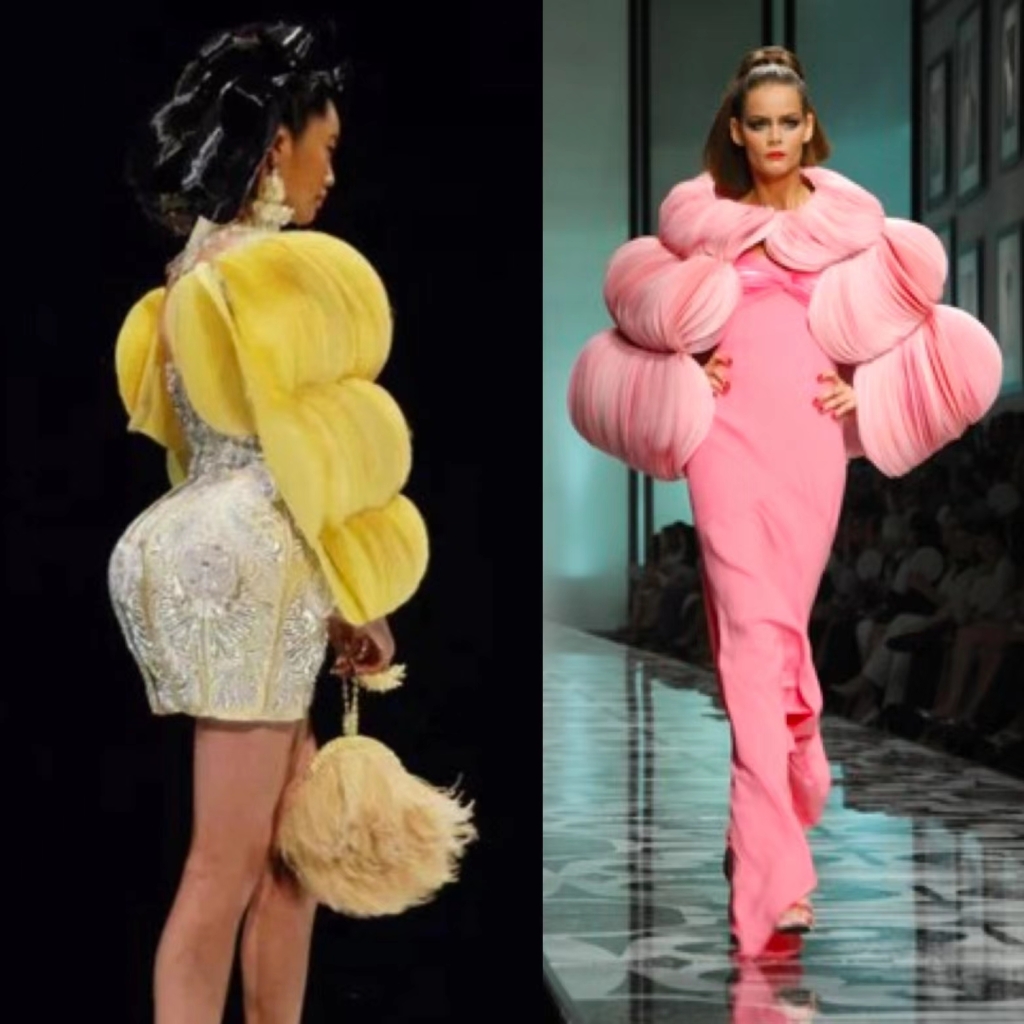
DIOR 2007 FALL
While this Chinese Haute Couturier is known for her promotion of the Chinese embroidery work, to be honest, her craftsmanship level isn’t that great. I’ve seen the actual products and was appalled by the quality of work. It’s the kind of things that looks great afar or on camera, but if you get closer, particularly if you know wat are good embroidery work, you would be greatly disappointed.
As another Chinese Fashion KOL commented during our exchange, the quality is so poor that you might as well get it machine embroidered. So.. quantity does not mean quality, and cheap labour doesn’t get you the finesse you hope for.
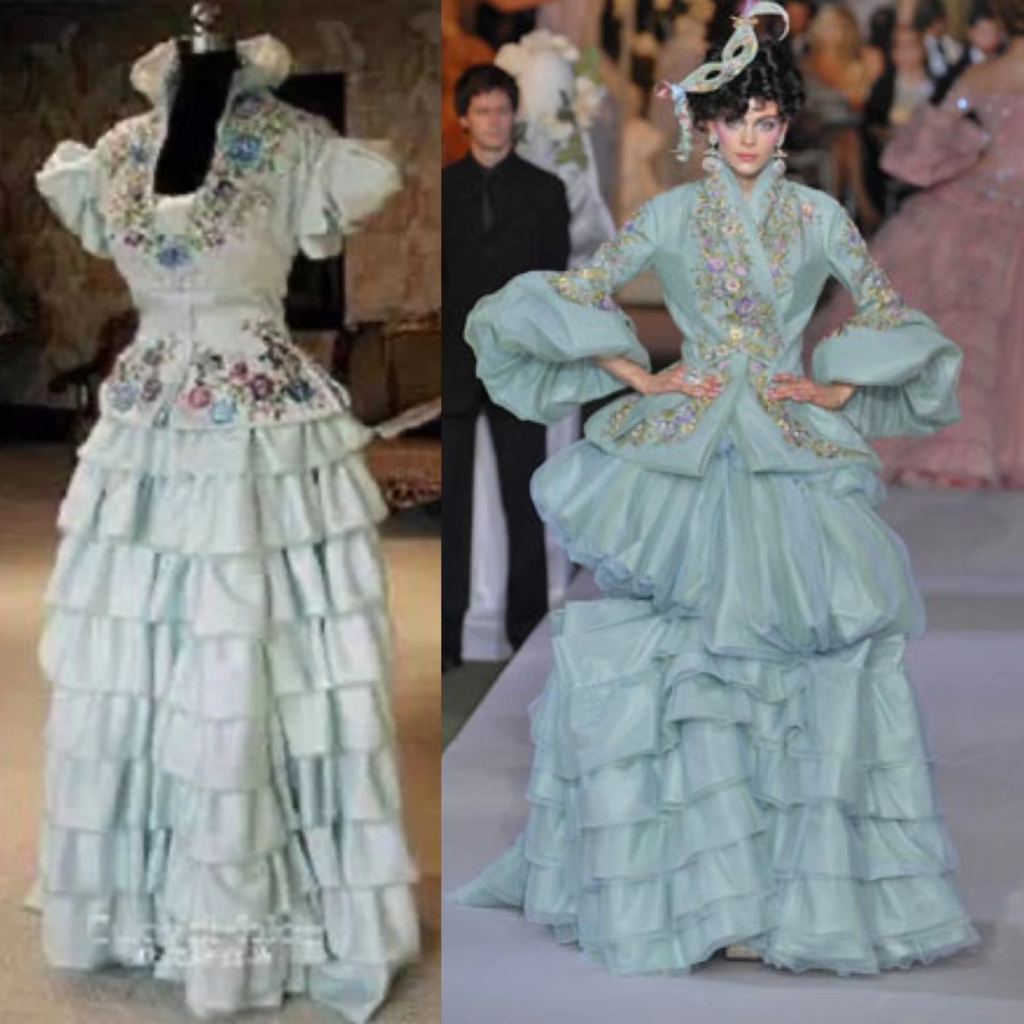
18TH CENTURY FRENCH DRESS
Since the Chinese are upset (rightfully) over the appropriation of the Hanfu Mamian skirt by Dior, they must feel somewhat consoled that this Chinese Haute Couturier has avenged them with this copy. Although, I am of the opinion that two wrongs don’t make one right! And it could also be argued that it is everyone knows that it is the French court style in the design of the Chinese designer, but nobody would know the Ming Mamian skirt was used in Dior’s design.
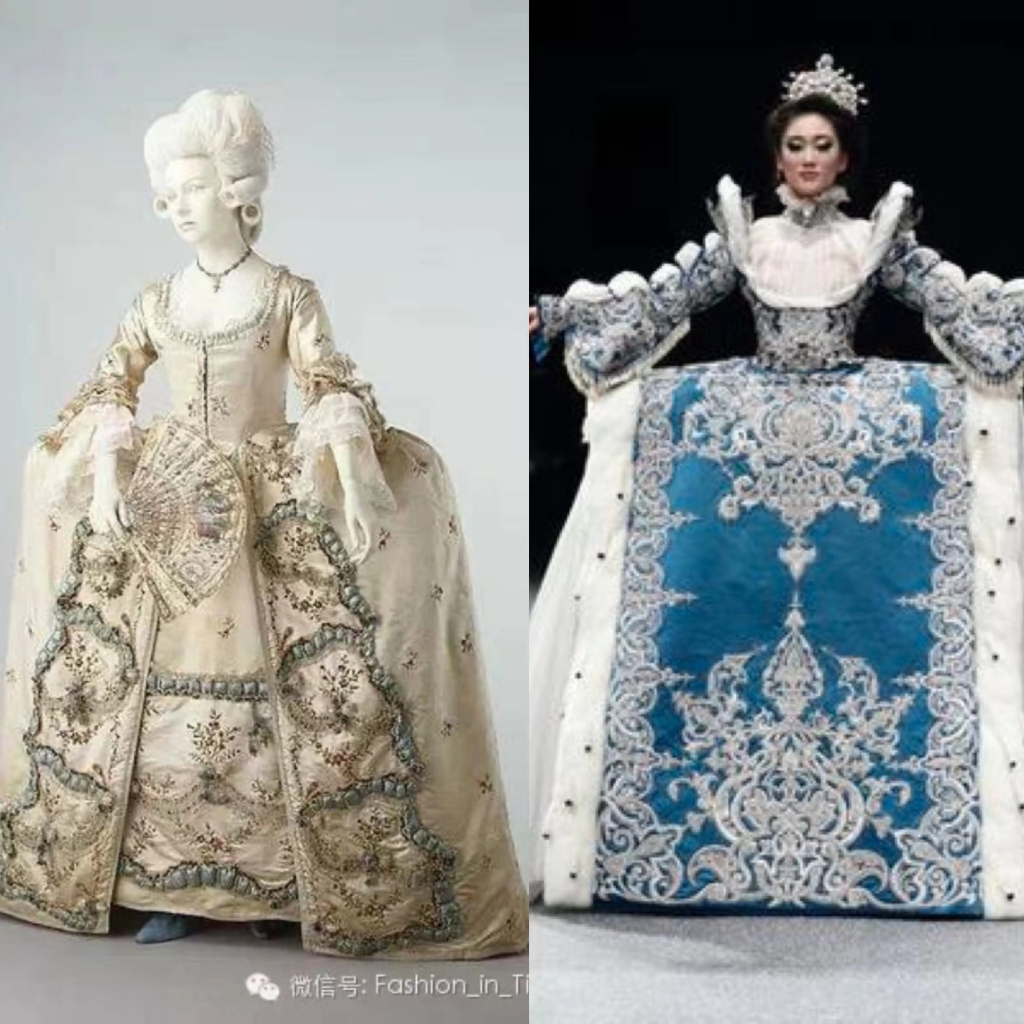
1930s CHINESE PERANAKAN WEDDING DRESS
If appropriating the West is justified because nobody would mistake it for a Chinese garment, then this following appropriation might be up for debate. I think this is the reverse version of the Dior vs Hanfu Mamian skirt saga.
A Chinese Haute Couturier taking a historical piece of garment worn by the Straits Chinese of a different country, and appropriating it without acknowledgement UNTIL it was found out by the collecting authority and got in touch with her. Of course this story has a happy ending with the two pieces reuniting in a public exhibition and the Museum got the chance to tell our side of the story.

I would like to reiterate my stand on copying. I’m not against copying as long as it is done respectfully, with proper credit given to the original, and with proper research which means that it ceased to be an act of plagiarism. Also, there are good copies and bad copies. Good copies are known as paying homage to the original, and they assume an iconic status through their innovative interpretation and a life of its own thereafter. Bad copies are just… thoughtless appropriations with little to no modification but if they somehow became popular/famous, that’s likely due to the amount of media advertisement and coverage they managed to secure.
We have evolved and have had cultural exchanges for so long that it is impossible to say that something belongs exclusively to one culture and not the other, and it is a myopic way of looking at things. Of course the power imbalance and exploitation are problematic, so it should be assessed according to intent and not one’s race. I find that foreigners who are not native to a particularly culture can be equally if not even more appreciative of that culture than the natives, because cultural identity is often something that is taken for granted by the majority. I never thought much of my Chinese identity and cultural attachments growing up in a Chinese majority society until I lived overseas for a while.
Anyway, here’s a bonus one by another Chinese designer who apparently was quite famous and appeared in Paris Fashion Week— Lawrence Xu.
YVES SAINT LAURENT 2004 FALL
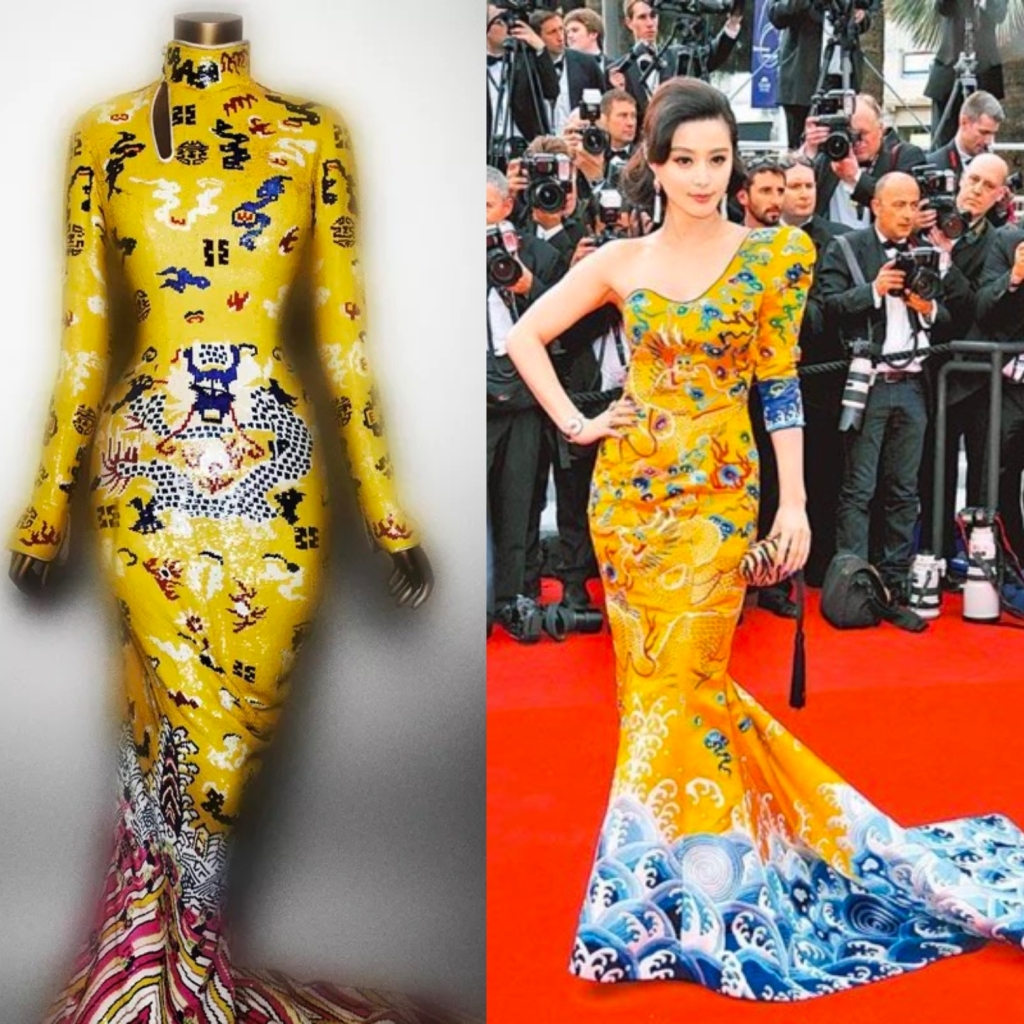
I got to know him while watching a documentary/show on the Chinese Brocade, and you can clearly tell the displeasure of the master craftsman with the way Lawrence treats his craft. And personally, I think Lawrence has the same kitschy taste as this Chinese Haute Couturier, and their lack of understanding of their own culture and craft are pretty obvious as well though they are the spokesperson of it. I think the biggest problem for China is that their officially endorsed cultural/fashion ambassadors do not represent the essence and the best of its ancient cultural heritage.
If everyone’s end goal is fame and money, then something’s gotta give and often it is culture.
So, what are your thoughts? Yay or Nay? Was the original better or the copy better?
